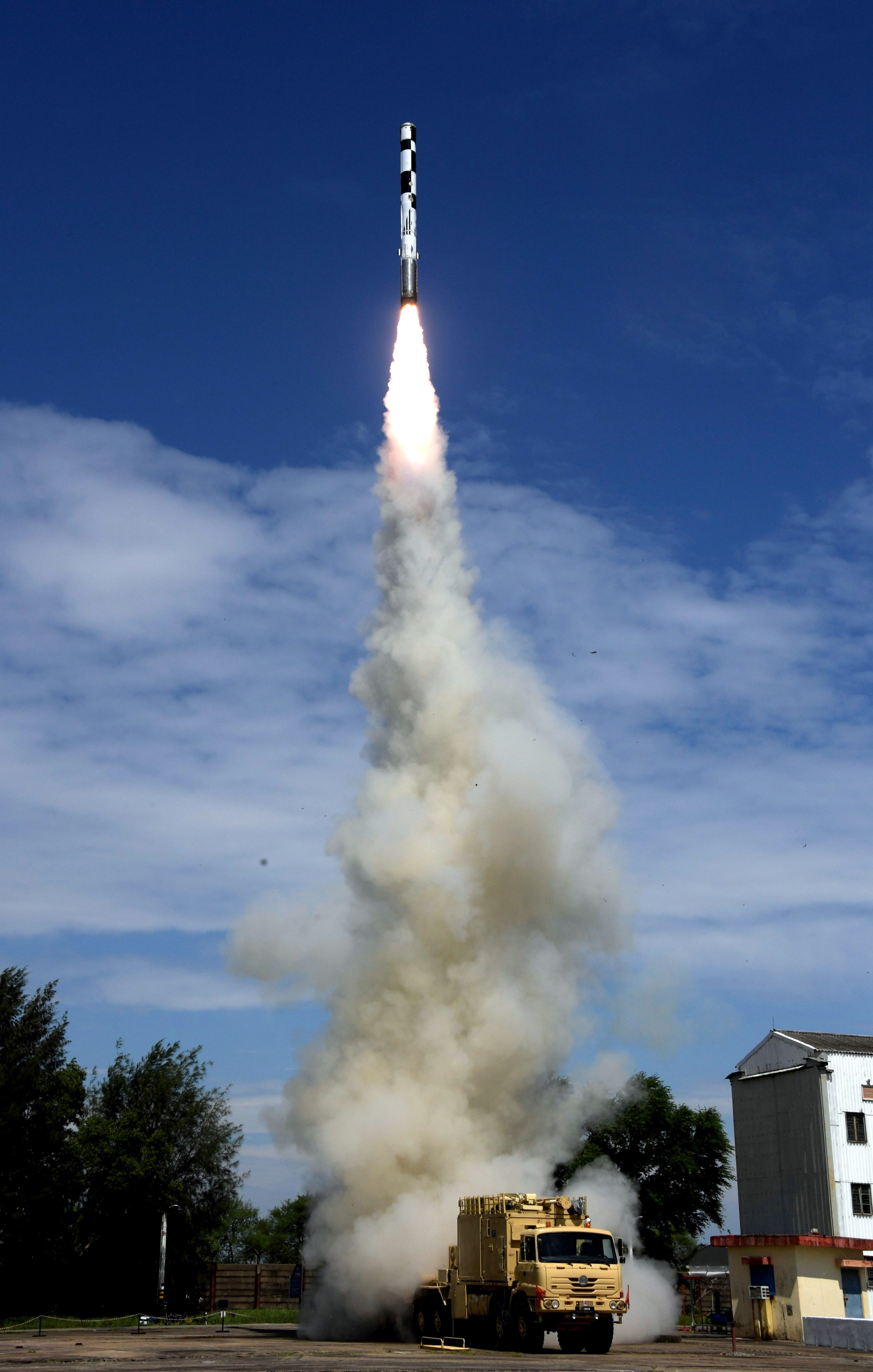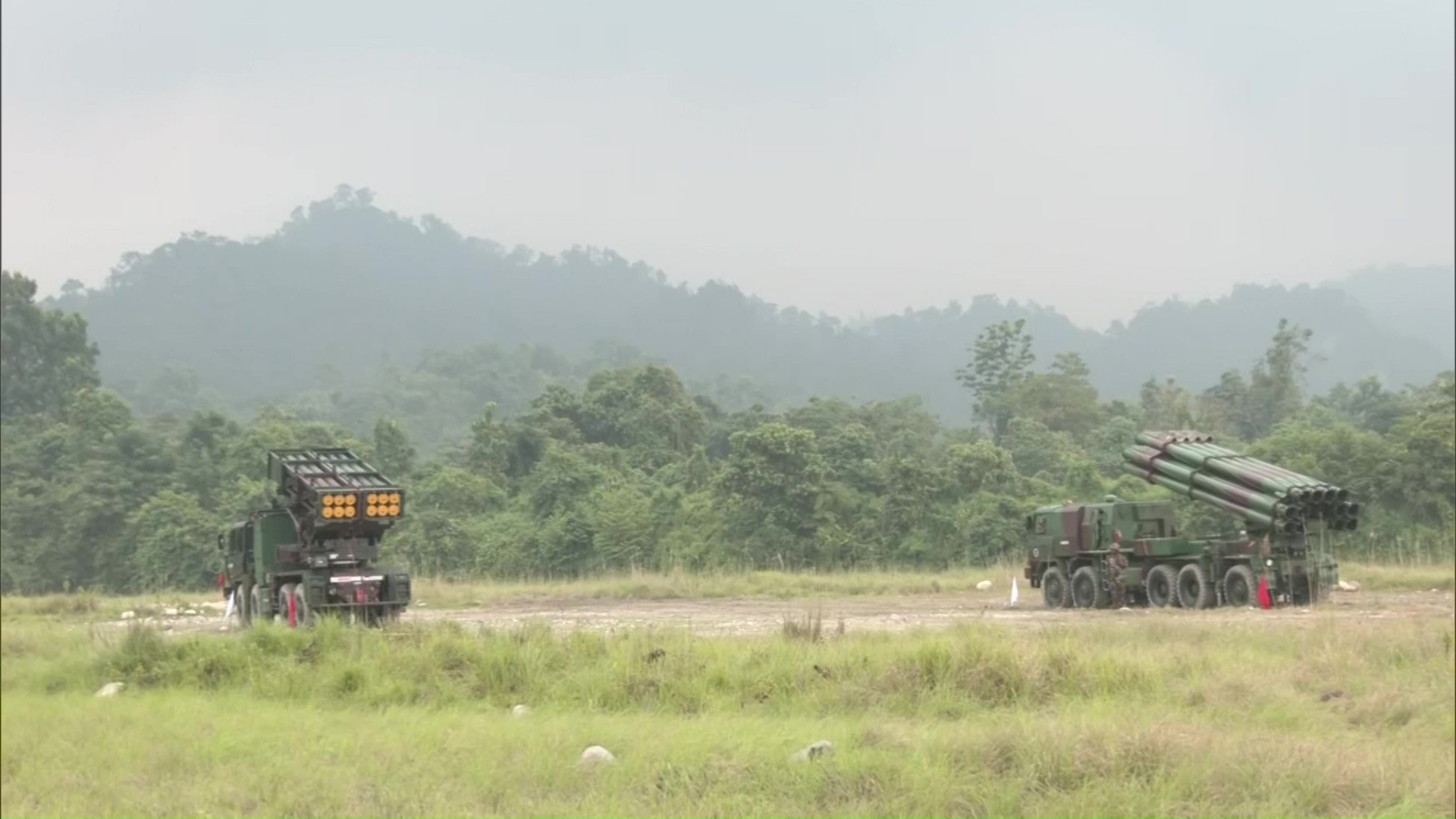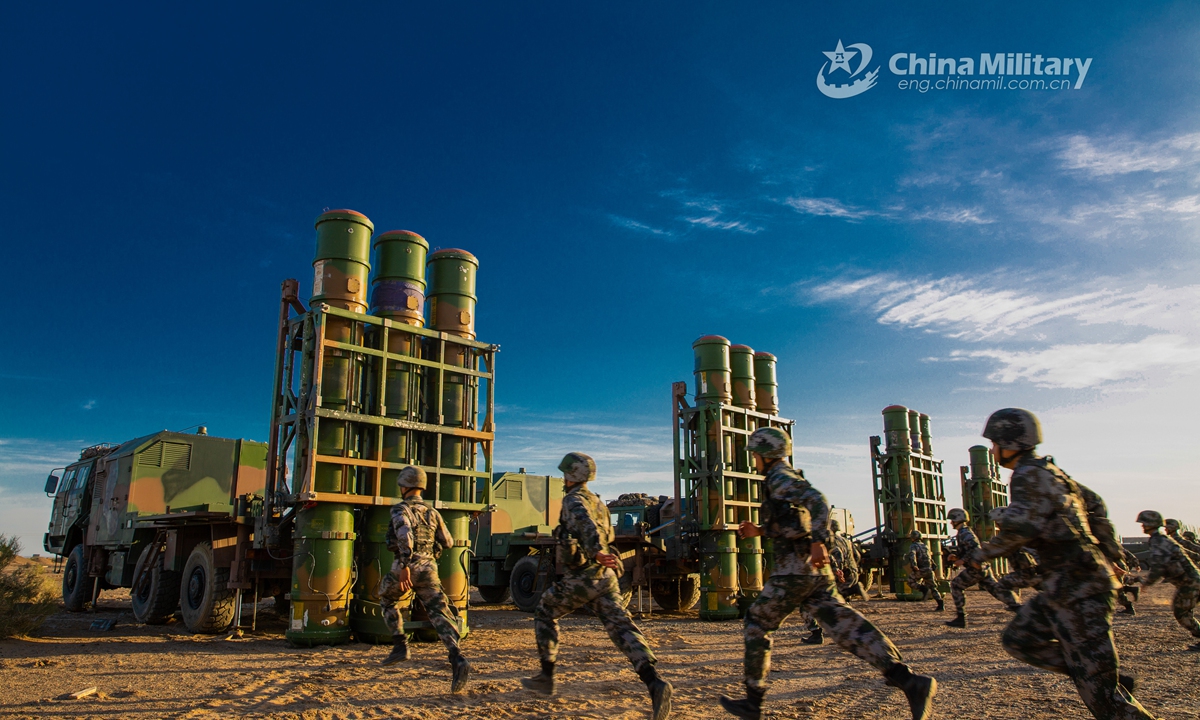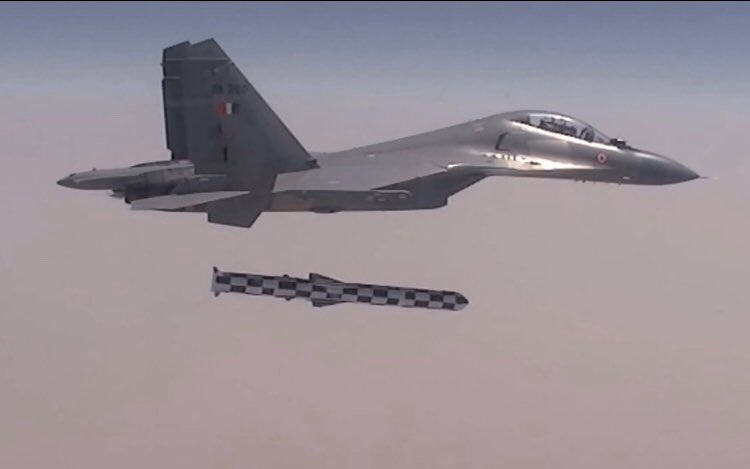The 18-month-long India-China border standoff is unlikely to end anytime soon. Amid a significant mobilization of troops and heavy weaponry along the contested boundary in the Himalayas, Beijing has sounded an alarm over reports of India deploying a lethal cruise missile.
Chinese observers have expressed deep concern over the news of India positioning its BrahMos missiles along the Line of Actual Control (LAC). They have warned New Delhi of “new barriers” in talks related to de-escalation if it were to go ahead with the transportation of its most advanced missile to the western side of LAC, reported Global Times.
Chinese officials and observers have taken cognizance of news of road-widening work being undertaken by the Indian side near LAC. The Indian government had reportedly informed the country’s Supreme Court that it needs to widen the roads leading to the LAC so as to move BrahMos missiles and other military equipment to the Western side of the India-China border.

However, the Chinese observers were quick to dismiss any real threat that India’s supersonic missile would pose to its security.
“This is why tension keeps rising along the China-India border and unwanted military conflicts break out,” Song Zhongping, a Chinese military expert, was quoted as saying by the state-owned Global Times.
The deployment of the BrahMos shows “India’s unstoppable greedy ambition to encroach on western China’s territory”, Song said, thus putting the entire onus of the conflict on New Delhi even as Beijing stays non-committal on the de-escalation matter.
India’s Missile Deployment
Last month, the Indian armed forces had invited some journalists to showcase its missile systems deployed at the eastern sector of the LAC in Arunachal Pradesh.
According to The Hindu, indigenously-built Pinaka and Russian Smerch multi-range rocket systems were deployed in the Tawang sector in Arunachal Pradesh that China claims as its own territory calling it ‘Southern Tibet’.
India also reportedly deployed the BrahMos missiles with reports of increased Chinese aggression coming to light. The BrahMos, with a range of 290km, can hit targets deep inside the Chinese state.

The BrahMos, developed jointly by India and Russia, is considered the world’s fastest supersonic cruise missile. All three services — the Indian Army, the Navy, and the Air Force — have tested the missile from their platforms.
The deployment of BrahMos is in line with the Indian Army chief’s comments earlier this year that troops might have to remain stationed along the LAC during this winter as the Chinese refuse to budge.
Even as India has tried to reach a breakthrough during the military-level talks that have run into several rounds without reaching an acceptable solution, it now wants to operate from a position of strength.
With reports emerging about China having built a dual-use village along Arunachal as previously reported by Eurasian Times, the military effort is set to further intensify on the Indian side.
China Plays Down ‘BrahMos Threat’
While Chinese analysts did raise the issue of BrahMos deployment, they have dismissed any threat emanating from this, according to Global Times.
China could even strike and destroy BrahMos missile silos and other military facilities in advance in events of conflicts, Song emphasized, explaining that “India’s poor infrastructure construction in the west section of China-India border limits the maneuverability and invisibility of the missile base”, he told Global Times.

This observation highlight a probable mismatch between the infrastructures on both sides. It is worth recalling how the Chinese PLA had taken advantage of the lack of roads in areas close to the Pangong Tso during last year’s standoff.
China has also deployed sophisticated air defense systems on its side of the border in recent times. Mid-April this year, while India and China were still in talks to resolve their border standoff, the PLA deployed its most advanced, the HQ-9 system along the border.
Analysts had then highlighted how this weapon could pose a threat to Indian helicopters and aircraft operating in the region, as previously reported by the Eurasian Times. China has also posted reserve troops, battle tanks and carried out annual military exercises in the strategic depth areas.
BrahMos — A Deadly Weapon
The BrahMos is a medium-range ramjet supersonic cruise missile that can be launched from land, air, sea, and undersea platforms. It is based on Russian cruise missile technologies such as the P-800 Oniks.
The missile is built by BrahMos Aerospace, an India-Russia joint venture. BrahMos is a blend of two names — India’s Brahmaputra River and Russia’s Moskva.
The BrahMos has supersonic speeds of Mach 2.0-2.8, depending on the cruising altitude and a range of more than 200km. The speed not only makes it harder to intercept, but it also gives the missile more strike force. The BrahMos boasts some stealth technology that reduces its visibility to radar.

It has an inertial navigation system (INS) for targeting ships and an INS/GPS for targeting land targets. Active or passive radar is also used to provide terminal guidance, according to Missile Threat.
In September last year, India had test-fired a new version called BrahMos supersonic cruise missile with a range of around 400 km, almost a 100km increase from the original one. However, the speed has been retained at Mach 2.8, almost 3 times the speed of sound.
This new variant might also be deployed along the border once it is commissioned to service.
- Contact the author at sakshi.tiwari9555@gmail.com
- Follow EurAsian Times on Google News




